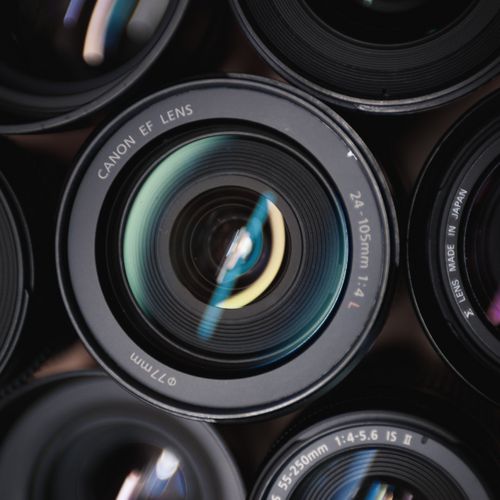The Five C's of Cinematography
Jun 15, 2022 · 2 mins read
0
Share

The basics of cinematography are laid out in the book, The Five C's of Cinematography by Joseph V. Mascelli. This is a great primer for anyone who wants to learn the basics of filmmaking and it's building blocks.
Save
Share
CAMERA ANGLES: There are hundreds of places in which the cinematographer can place the camera within the scene to convey the dynamics between characters or to show a particular point of view to tell the story.
Save
Share
The camera can be placed high or low, close to the subject or far, in various places on the set depending on the look and feel that the scene calls for. The angle can create dramatic tension or comedy simply by where the cinematographer decides to put the camera.
Save
Share
CONTINUITY: A continuous flow of images are essential to telling a good story and it's important for the cinematographer to keep in mind how the different shots involved in the shooting of a scene will fit together once they are delivered to the editor.
Save
Share
This also applies to not only characters movements within a scene but the geography related to the entire film. (i.e. a character enters frame right and exits frame left. In the next shot they would need to enter frame right again for continuity of movement.)
Save
Share
CUTTING: Much like CONTINUITY, the order of images is essential to telling a cohesive narrative. "A motion picture is conceived in the camera and assembled in the cutting room. The better the conception, the better the assembled picture."
Save
Share
CLOSE-UPS: This device is unique to filmmaking. Every other art form requires the audience to be at a fixed distance from the characters or objects of the story, but a cinematographer can place the camera close to those objects to enhance the information for the story.
Save
Share
"Properly-planned, effectively filmed, thoughtfully-edited close-ups are of prime cinematic importance. Close-ups add spice, the ingredient that enhances dramatic flavor of the finished film." It is a standard to have close ups in modern film or television.
Save
Share
COMPOSITION: "Think of composition as the pleasant arrangement of players and objects in the setting, or as a division of space... Become familiar with the various characteristics of lines, forms, masses and movements." Every shot composition is essential to telling the story.
Save
Share
In conclusion, it's important to understand every piece of visual media was built on the the foundation of these concepts that were established over 100 years ago. We would not have any great cinema if not for these aspects being established from the beginning.
Save
Share
0